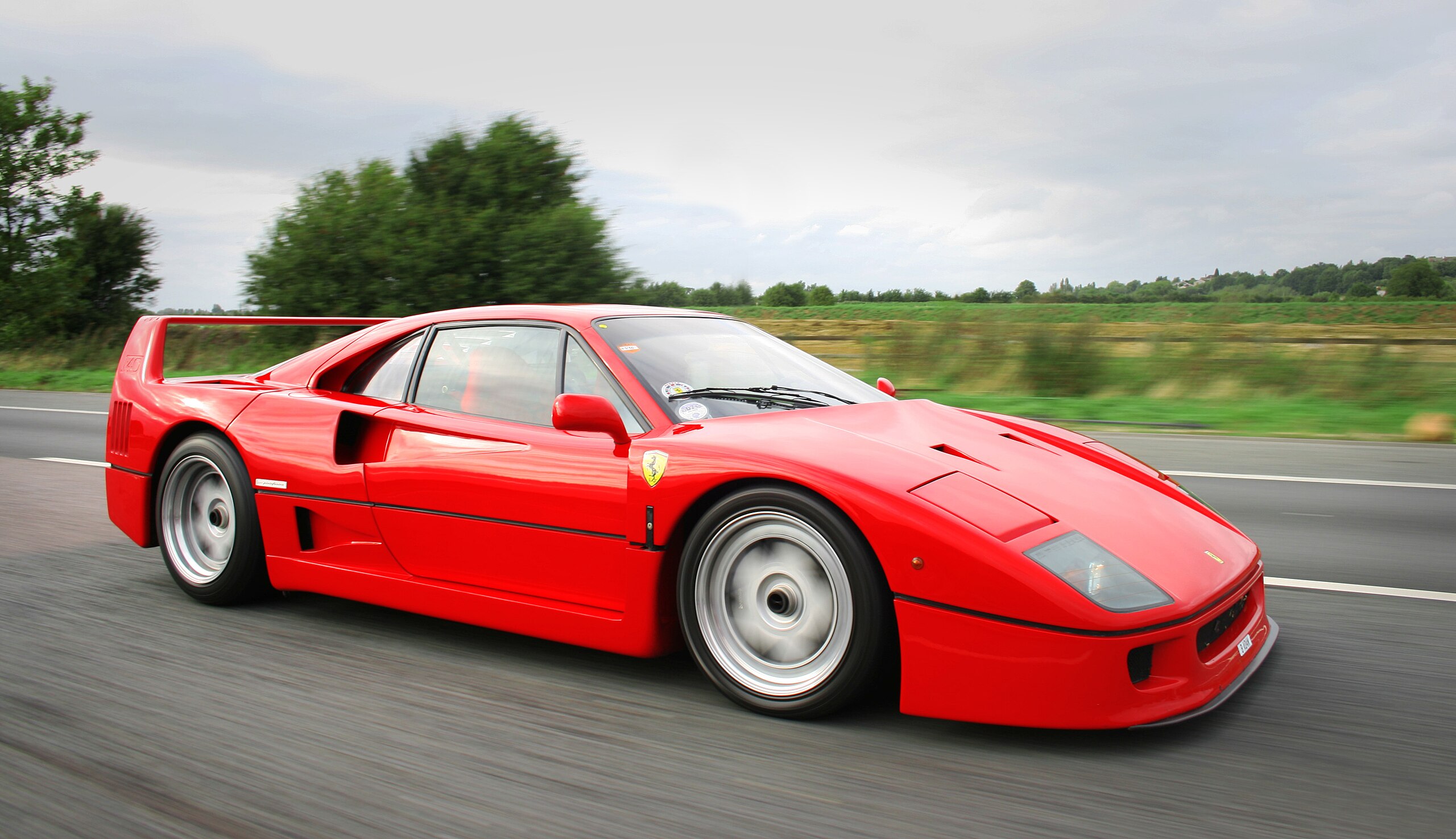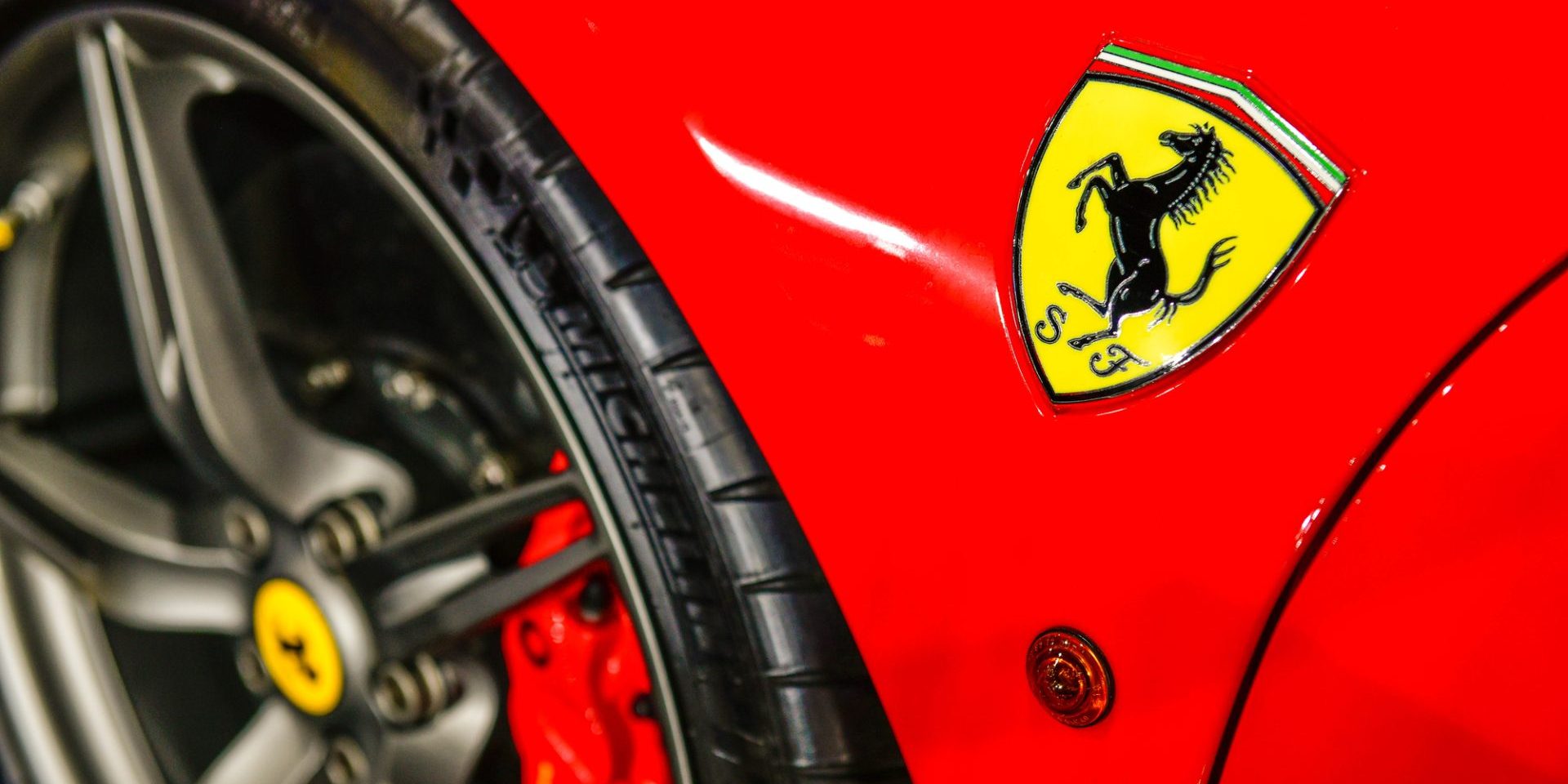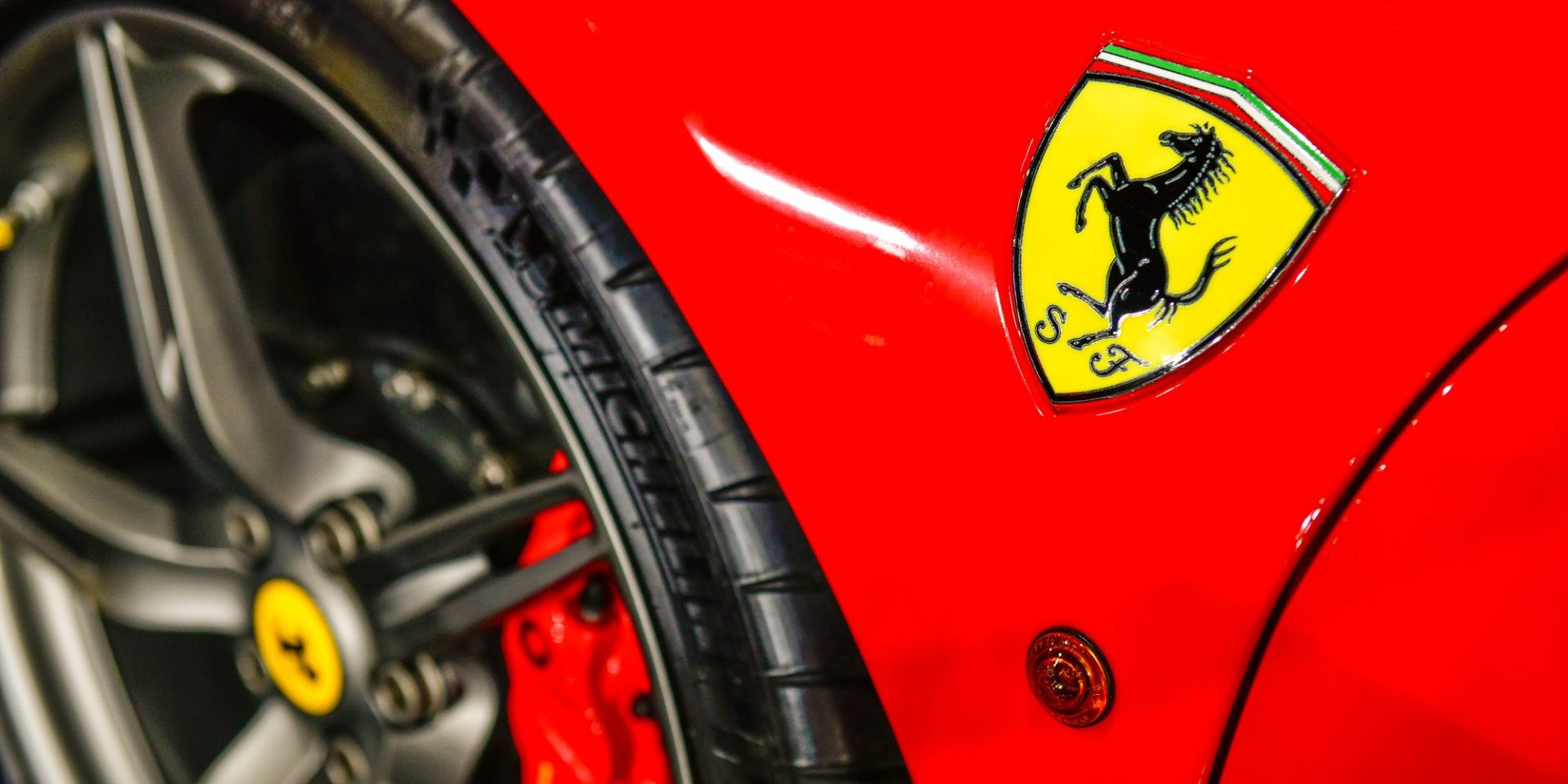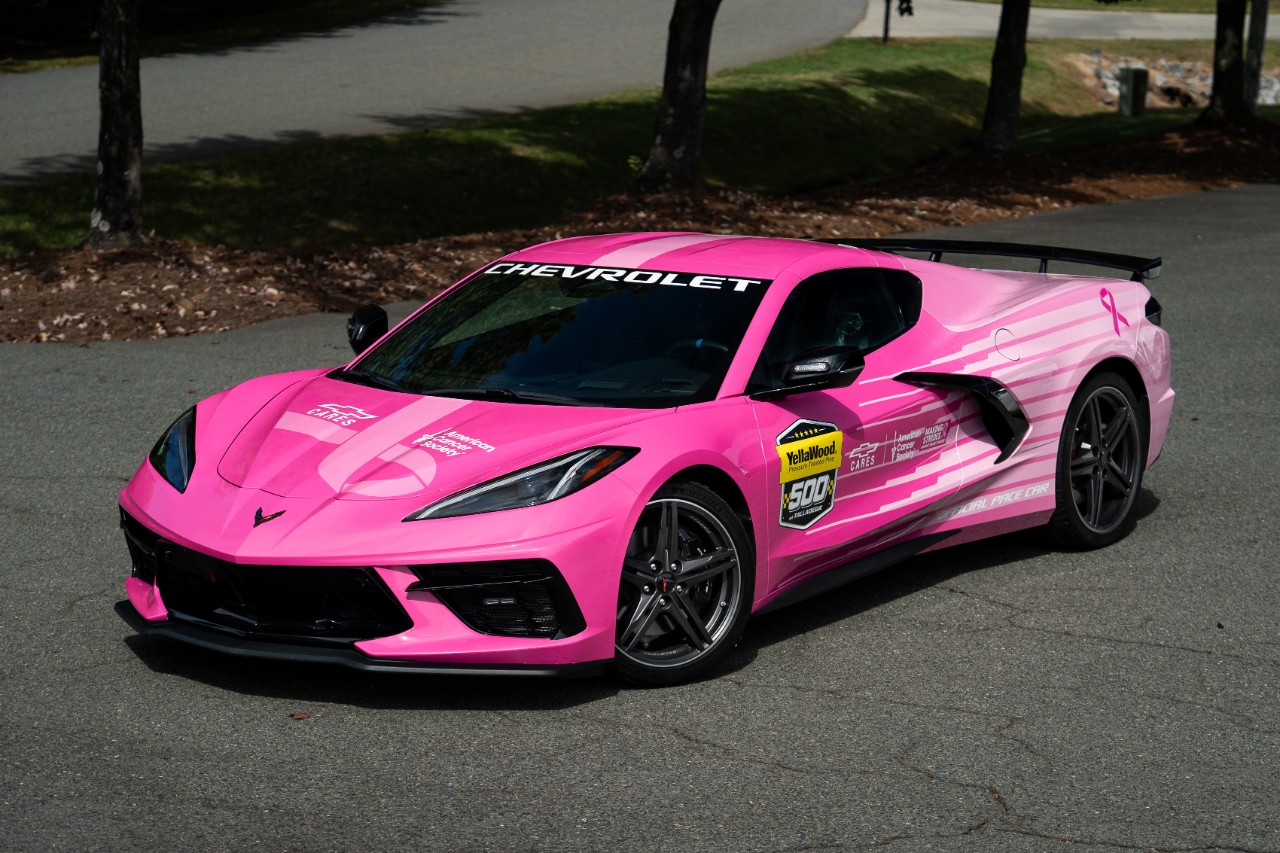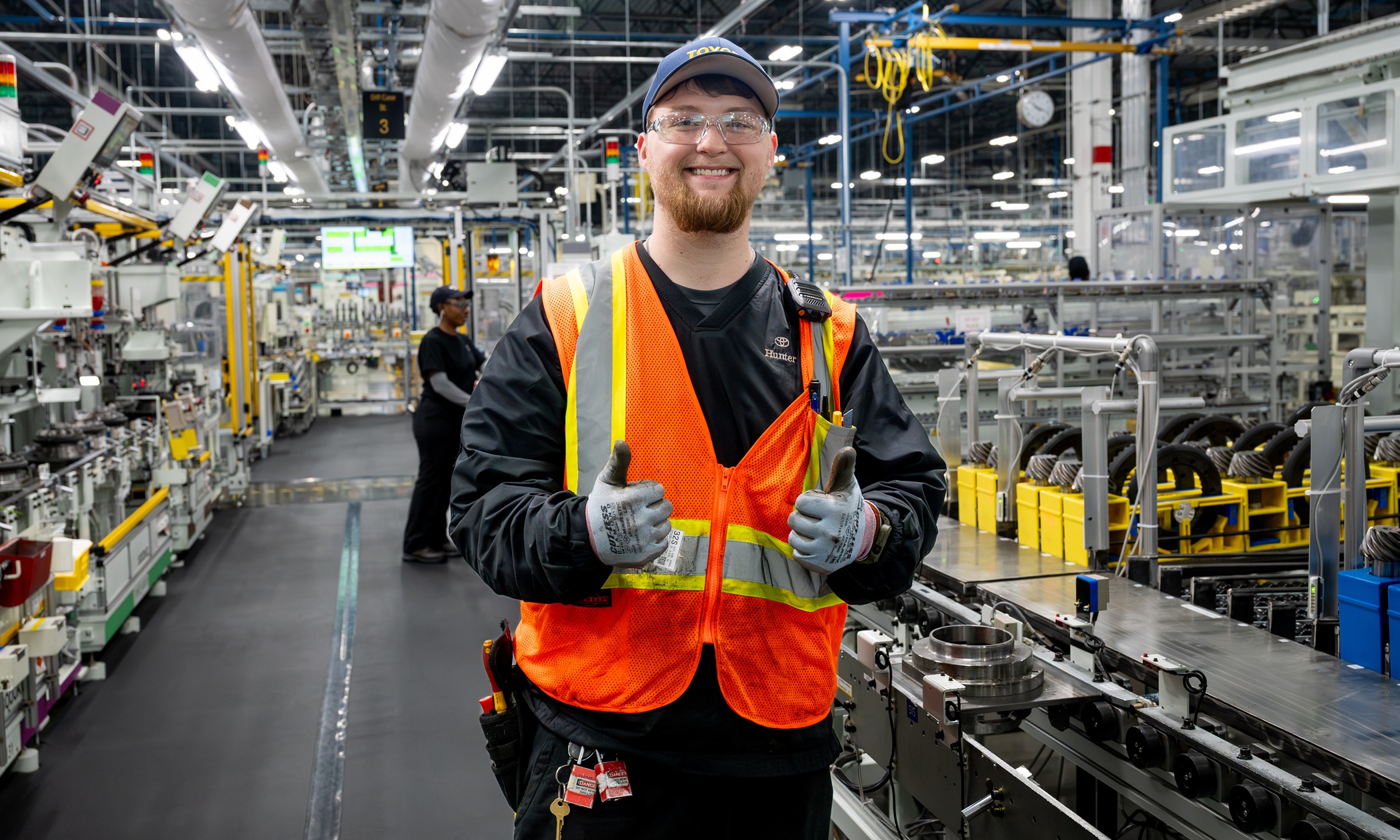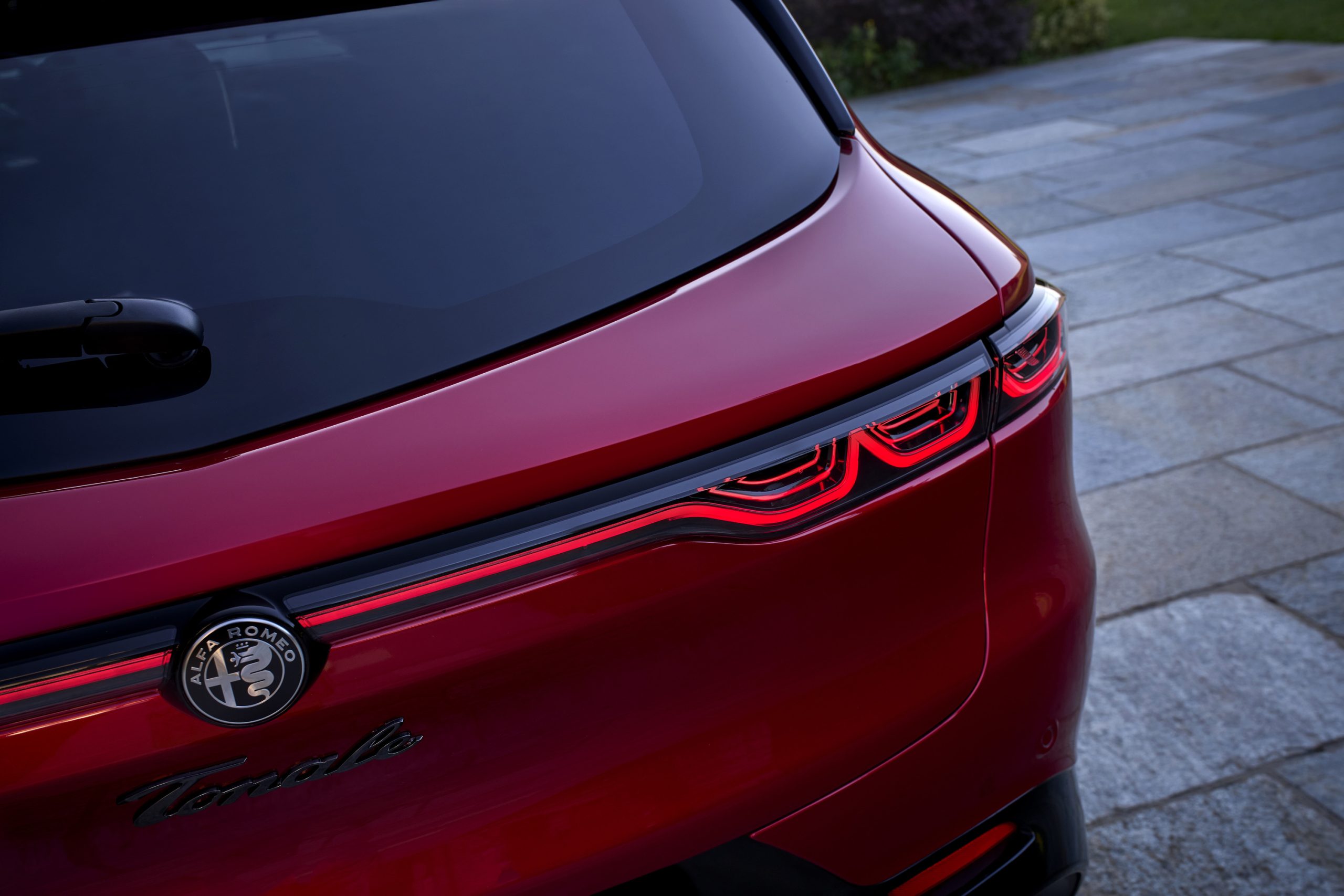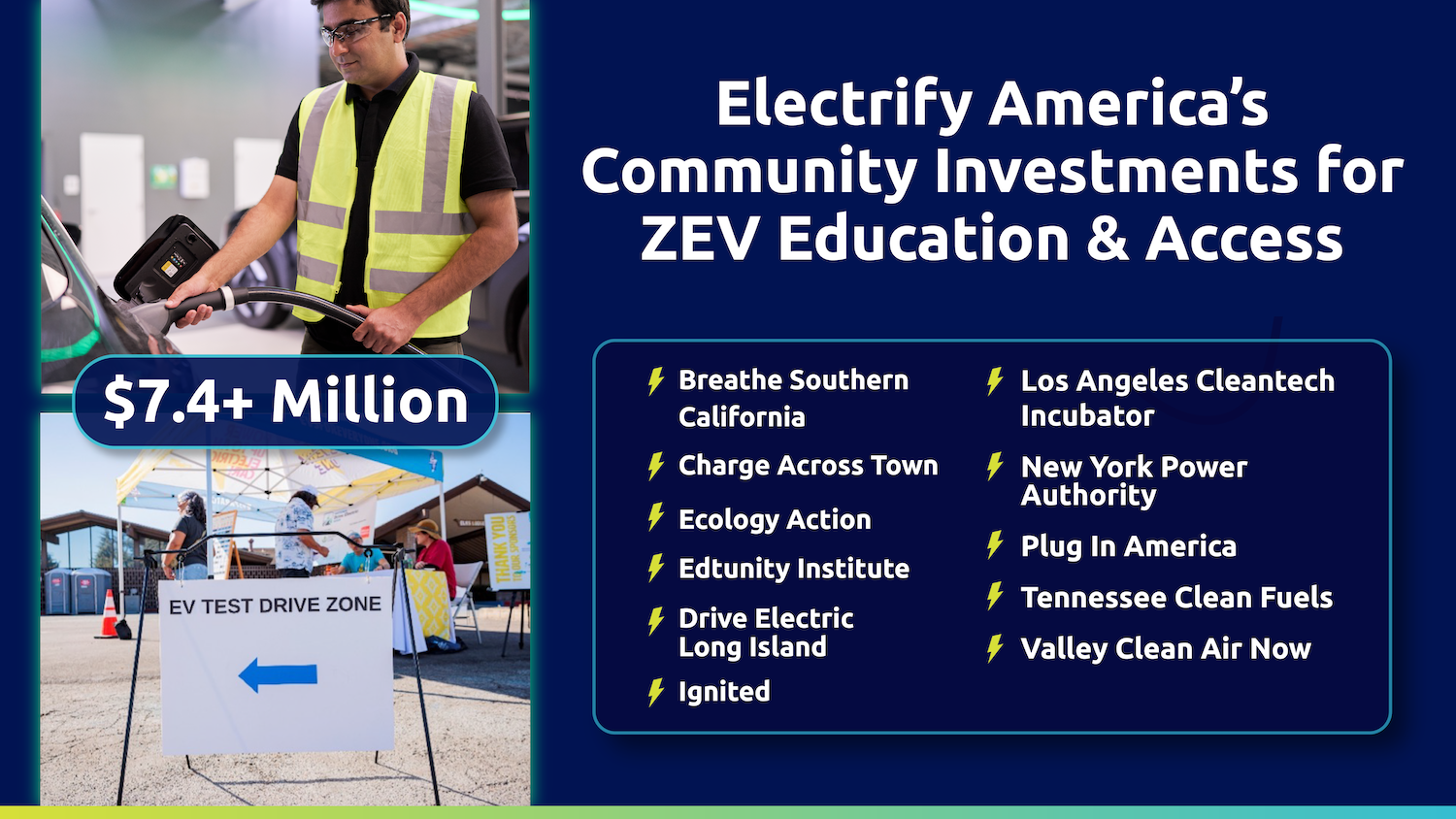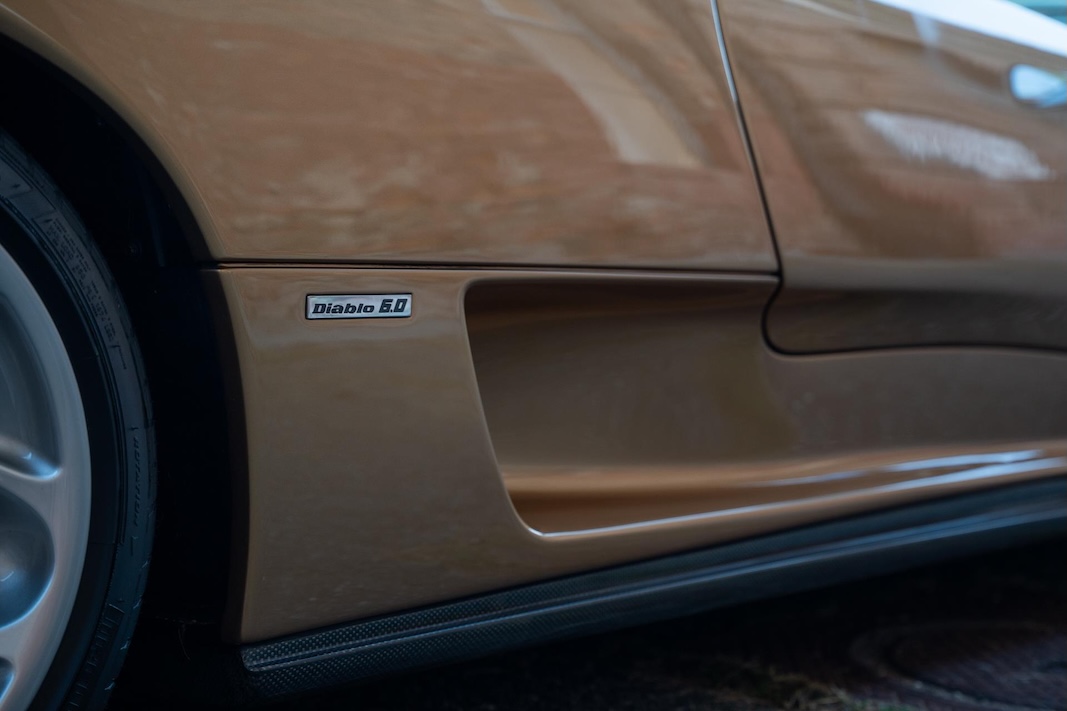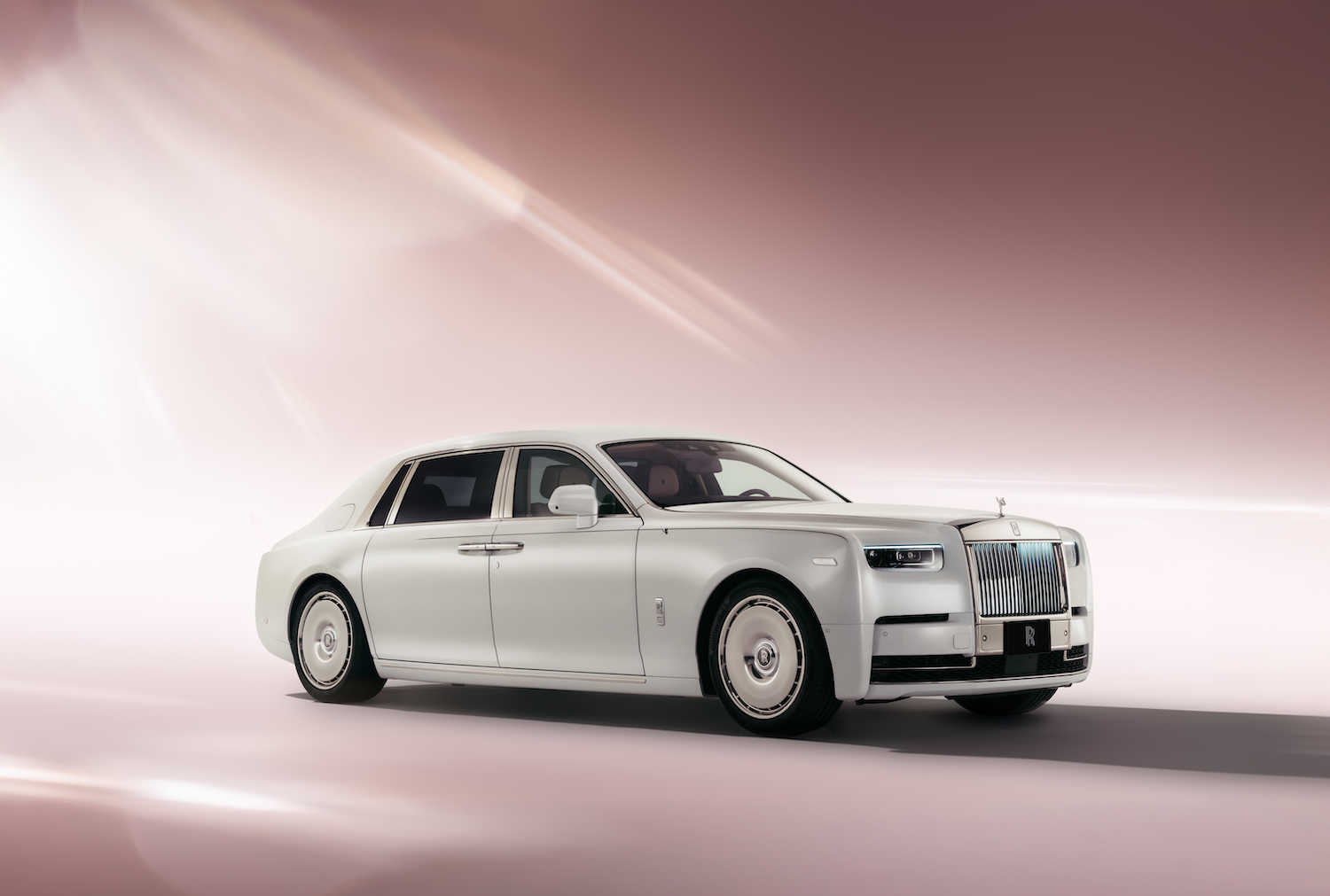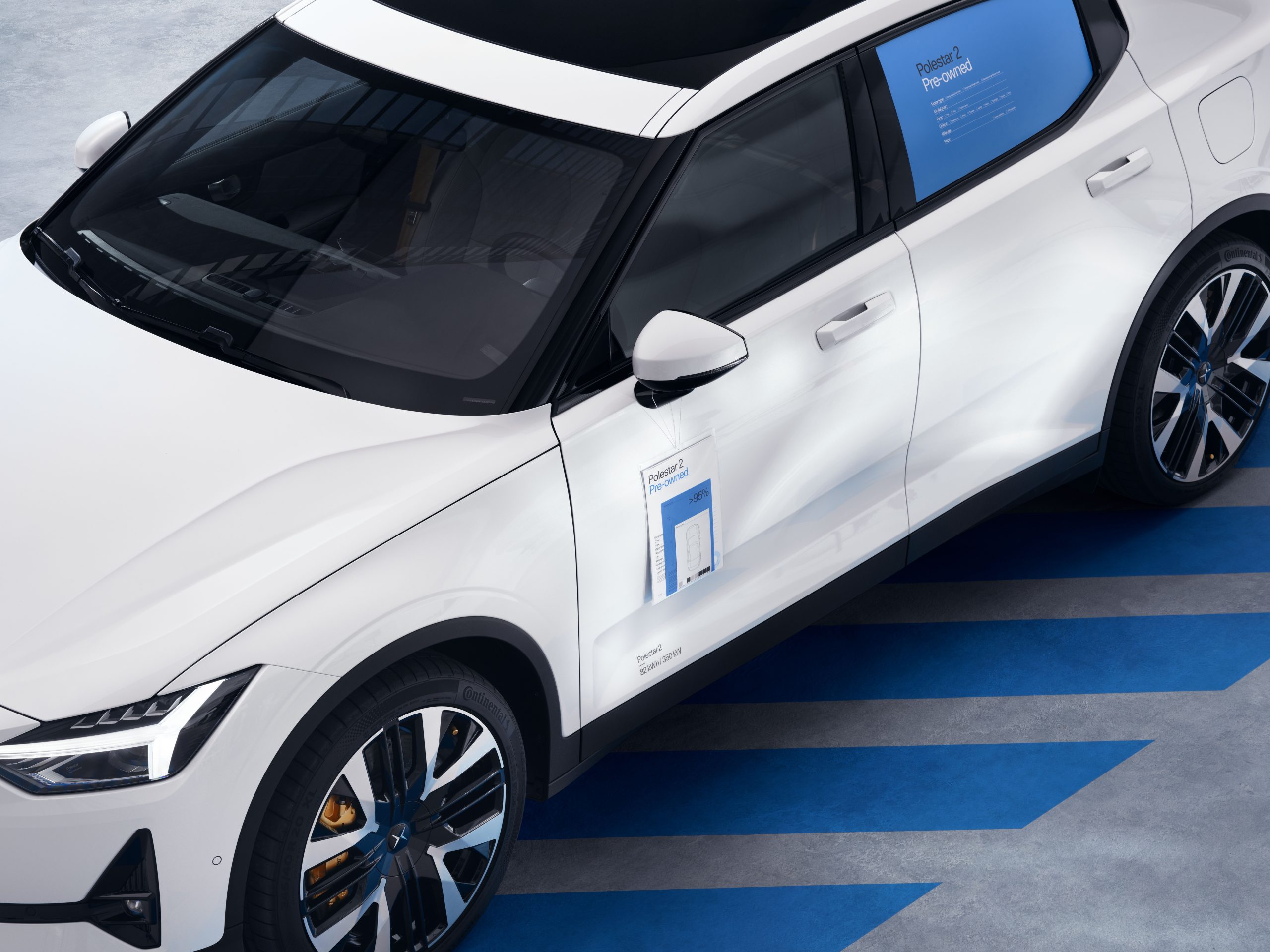Ferrari’s prancing horse has been galloping through nearly eight decades of automotive history. That journey has left its mark—literally and figuratively—on some of the world’s toughest circuits.
In this countdown of the 10 most iconic Ferraris, we focus on what made each one truly great: the engineering that went into it, the numbers that back it up—and the leaps those numbers represent.
From V12 grand tourers to the turbocharged beasts that defined a generation, these machines show just how far Ferrari will push performance. What sets each one apart? A revolutionary engine? A game-changing chassis? A setup that upended the rules? We’re about to find out.
Here are the 10 most iconic Ferraris of all time, all torque, no talk.
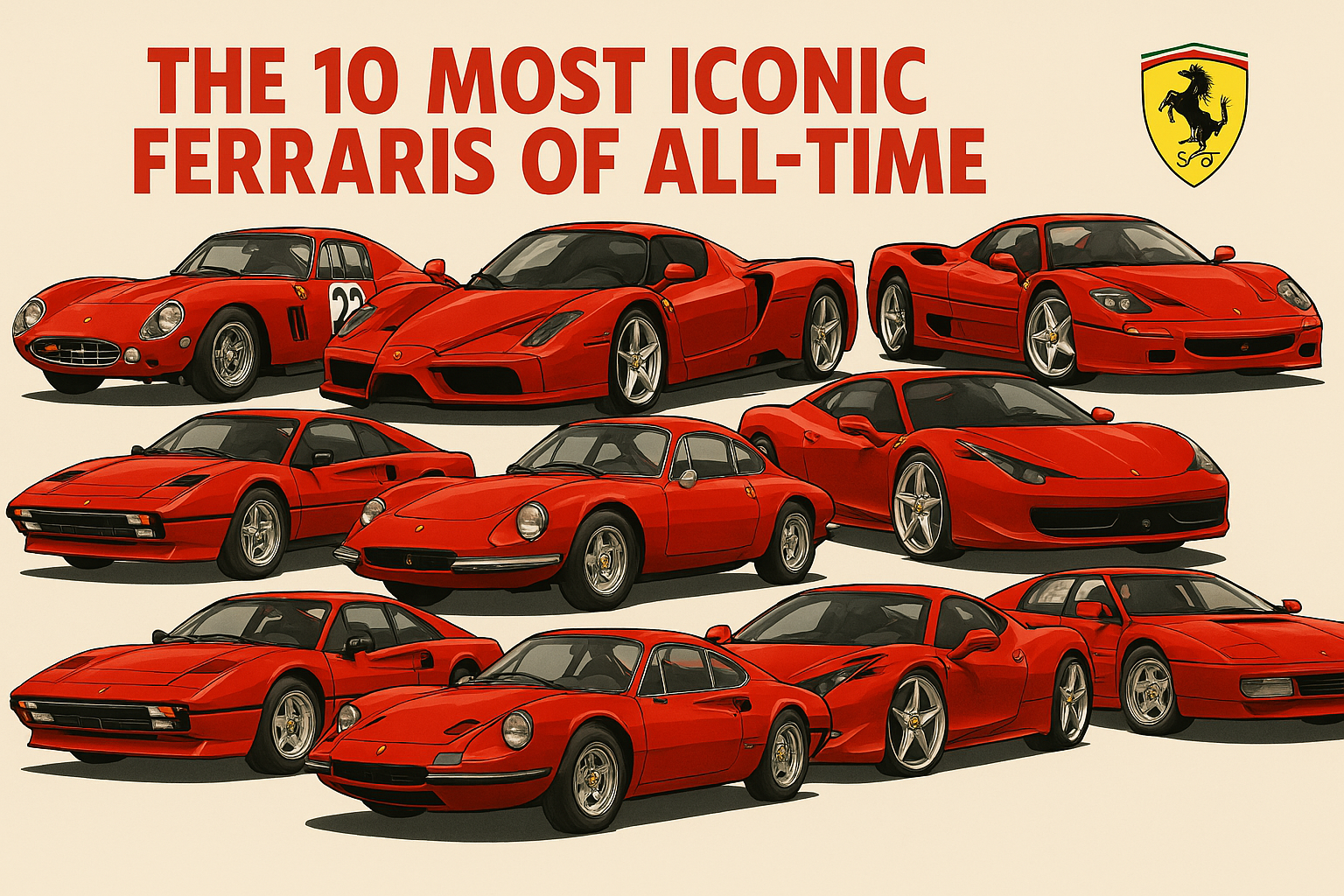
#10. Ferrari 308 GTS
The 308 GTS, launched in 1977, brought mid-engine accessibility to Ferrari’s road lineup with its targa-top design. Its 2.9-litre (2,927 cc) Tipo F106 AB V8, transversely mounted, produced 252 bhp at 7,700 rpm and 283 Nm at 5,500 rpm via four Weber 40 DCNF carburettors. With a bore/stroke of 81 mm x 71 mm, it hit 0-60 mph in 6.7 seconds and topped 159 mph—nimble for its day. The steel monocoque chassis, with a tubular subframe, weighed 1,050 kg dry, balanced by independent double-wishbone suspension and anti-roll bars front and rear. Tyres were 205/70 VR14 Michelins. What makes it distinct? It’s Ferrari’s first production V8 road car, breaking from V12 tradition, and its Pininfarina wedge—sharp nose, pop-up lights—set a ‘70s aesthetic benchmark. The five-speed manual with a dog-leg first demanded driver focus, while the steel targa roof bolstered rigidity when fitted. Over 3,200 rolled out by 1985, cementing its role as a gateway to the prancing horse.
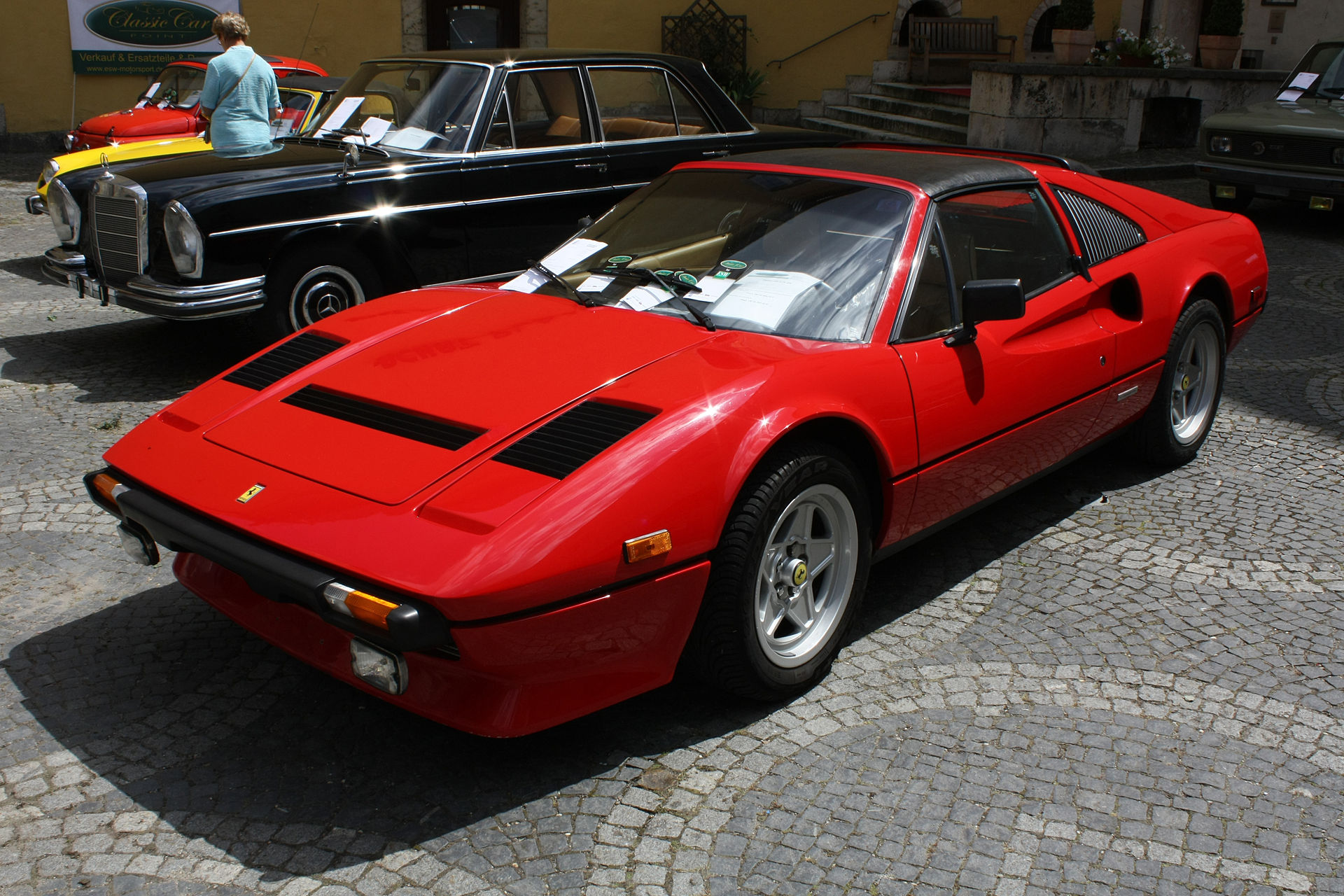
#9. Ferrari 288 GTO
Unveiled at the 1984 Geneva Motor Show, the 288 GTO was a Group B homologation special turned road titan. Its 2.855-litre (2,855 cc) Tipo F114 B V8, longitudinally mounted, wielded twin IHI turbochargers and Behr intercoolers, delivering 400 bhp at 7,000 rpm and 496 Nm at 3,800 rpm. Bore/stroke of 80 mm x 71 mm, Weber-Marelli injection, propelled it to 0-60 mph in 4.8 seconds and 189 mph—Ferrari’s first road car past 186 mph. The chassis mixed steel tubes with Kevlar and Nomex panels, weighing 1,160 kg dry on a 2,450 mm wheelbase. Double-wishbone suspension gripped 255/50 ZR16 front, 265/50 ZR16 rear Goodyears. Its edge? Turbo tech from the 126 C2 F1 car—four valves per cylinder, 9.2:1 compression—in a 308 GTB shell, launching Ferrari’s supercar era. Only 272 were built, each with composite bodywork and a visceral, race-ready howl.
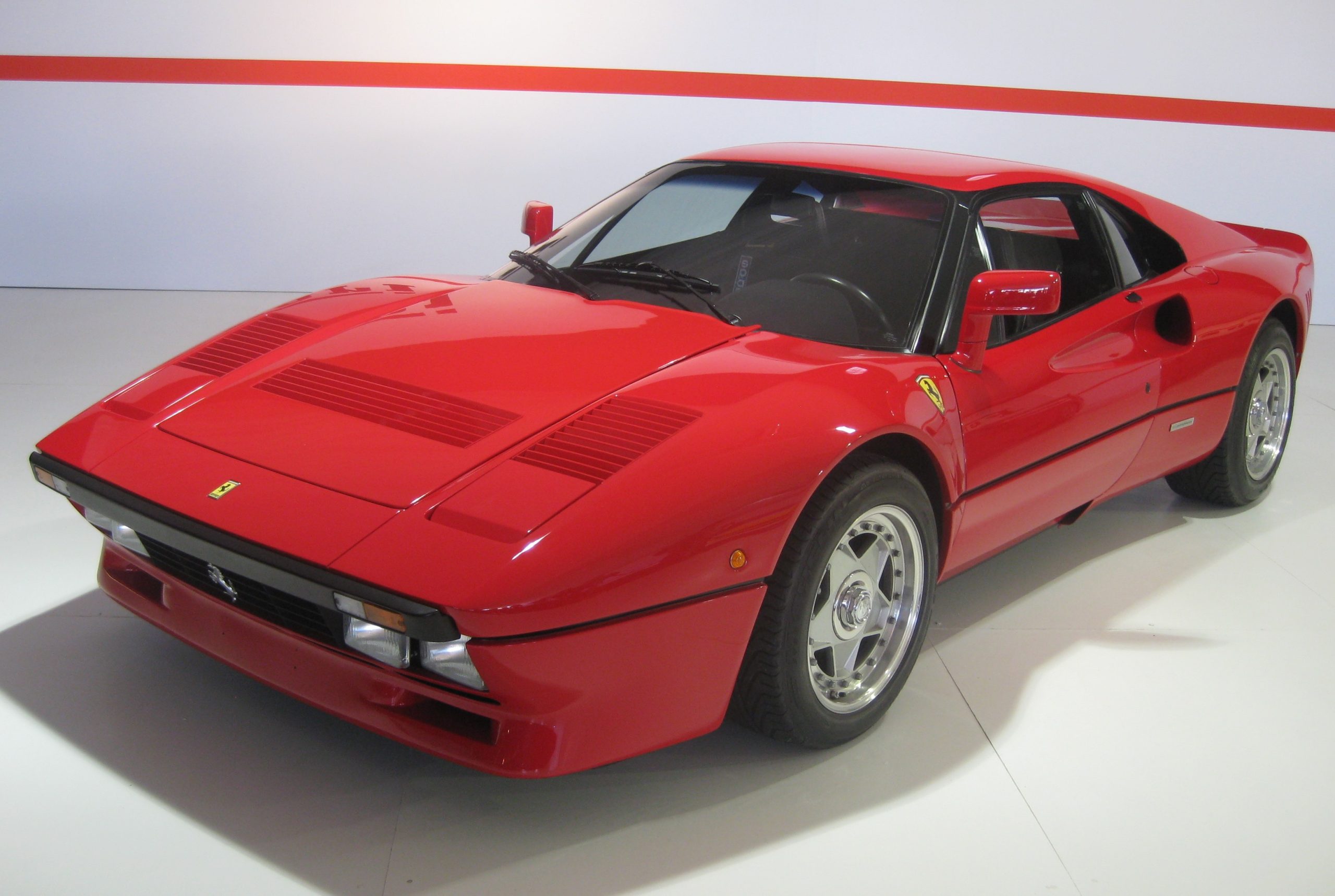
#8. Ferrari 458 Italia
The 2009 458 Italia redefined mid-engine Ferraris with cutting-edge tech. Its 4.5-litre (4,497 cc) Tipo F136 FB V8, naturally aspirated, screamed 562 bhp at 9,000 rpm and 540 Nm at 6,000 rpm—125 bhp per litre, a road-car record then. Bore/stroke of 94 mm x 81 mm, direct injection, 12.5:1 compression, hit 0-60 mph in 3.3 seconds and 202 mph. The aluminium chassis, at 1,380 kg dry, used aerospace alloys, paired with a seven-speed dual-clutch—no manual offered. Double-wishbone front, multi-link rear suspension with magnetorheological dampers rode 235/35 ZR20 front, 295/35 ZR20 rear Michelins. What sets it apart? E-Diff and F1-Trac systems synced with a side-slip algorithm, enabling controlled drifts—a driver’s dream. Pininfarina’s vented body generated 140 kg of downforce at 124 mph, merging aerodynamics with a 4,527 mm-long silhouette.
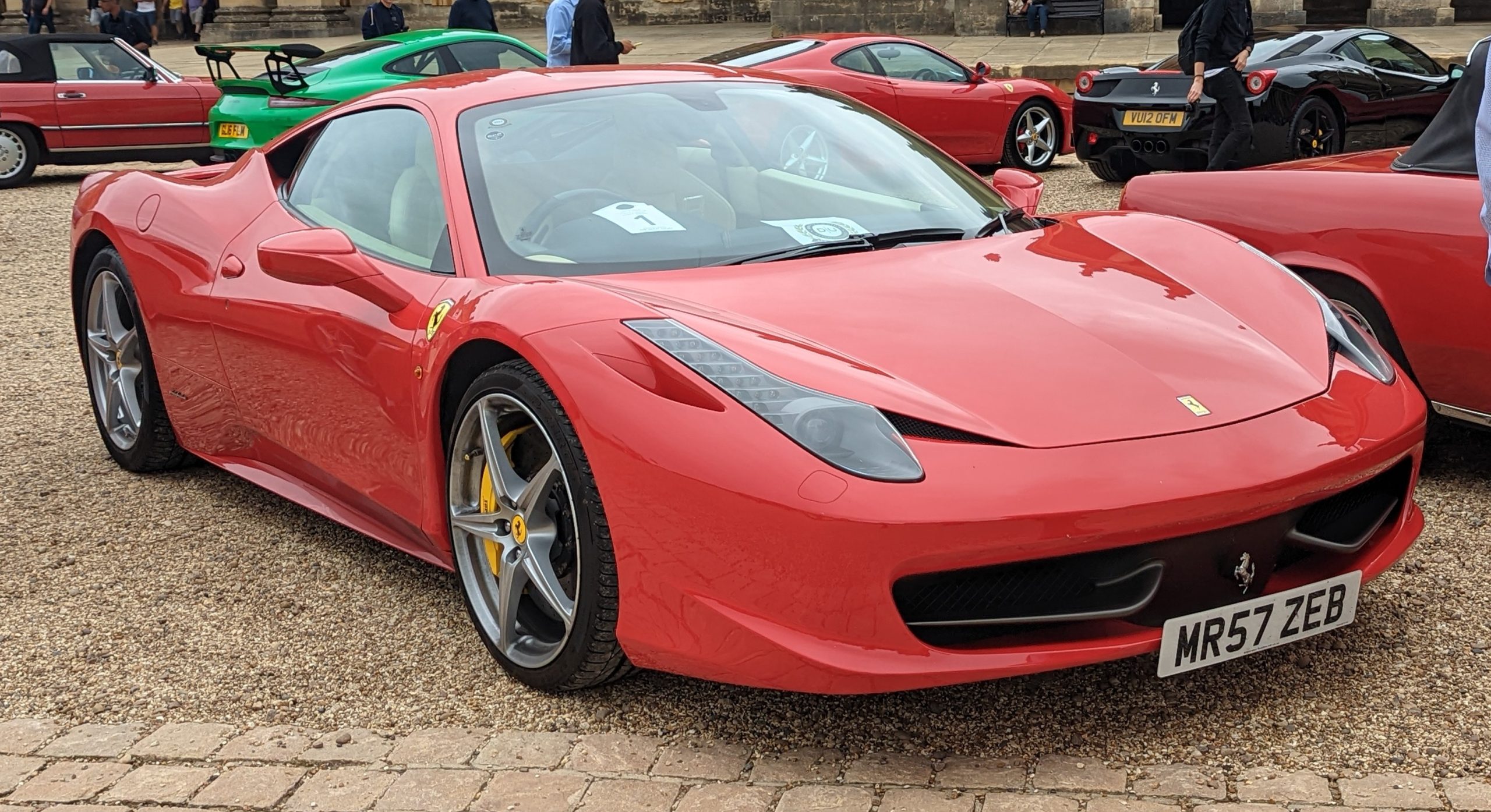
#7. Ferrari 365 GTB/4 Daytona
The 1968 365 GTB/4 Daytona bucked mid-engine trends with front-engine might. Its 4.4-litre (4,390 cc) Tipo 251 Colombo V12, longitudinally mounted, produced 352 bhp at 7,500 rpm and 431 Nm at 5,500 rpm via six Weber 40 DCN carburettors. Bore/stroke of 81 mm x 71 mm, 9.3:1 compression, clocked 0-60 mph in 5.4 seconds and 174 mph—the fastest road Ferrari of its day. The steel tubular chassis, 2,400 mm wheelbase, weighed 1,200 kg dry, with a rear transaxle and independent suspension—double wishbones front, coils rear. Early pop-up headlights (fixed post-1971) sat on 205/70 VR14 Michelins. Its claim? The last front-engine Ferrari supercar pre-mid-engine shift, built to topple Lamborghini’s Miura. Named for a 1967 Daytona 24 Hours 1-2-3, its 1,406 units blended GT luxury with race-bred steel-and-aluminium.
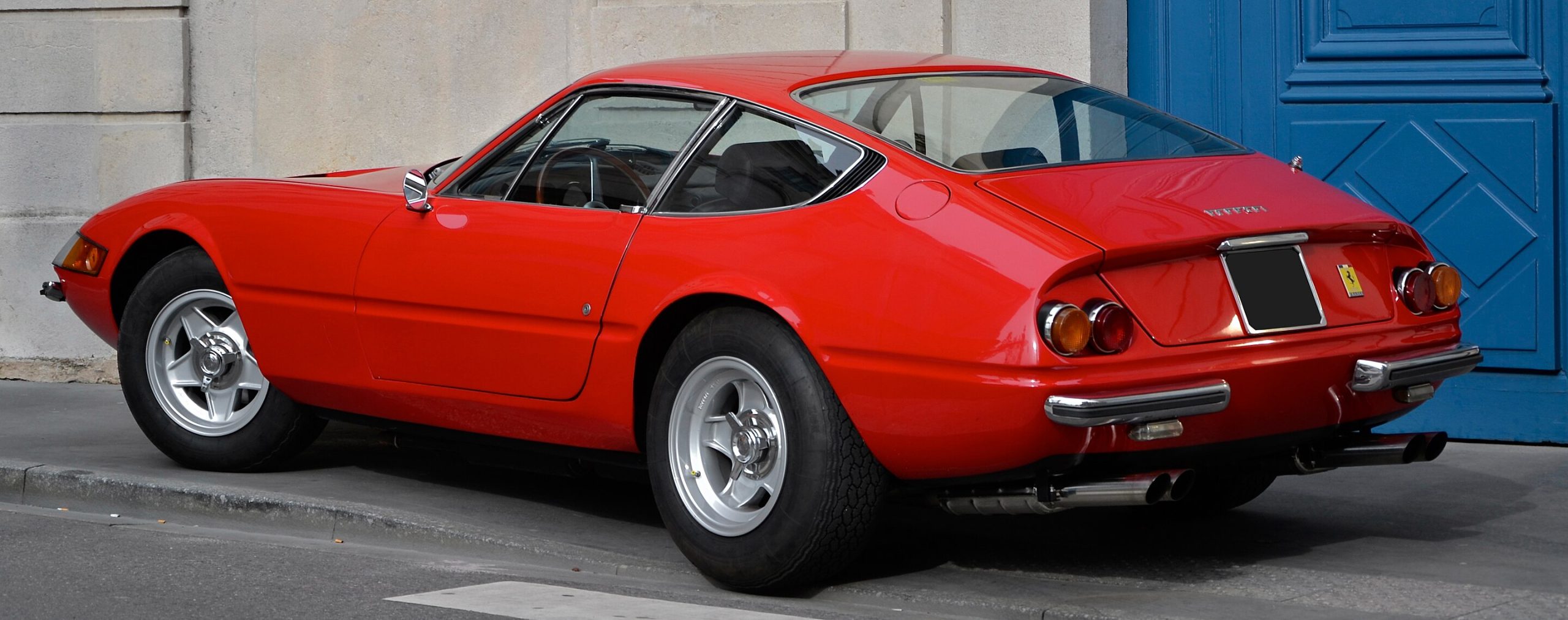
#6. Ferrari Testarossa
The 1984 Testarossa roared with flat-12 flair. Its 4.9-litre (4,943 cc) Tipo F113 A, a 180° V12, delivered 385 bhp at 6,300 rpm and 490 Nm at 4,500 rpm via Bosch K-Jetronic injection. Bore/stroke of 82 mm x 78 mm, 9.2:1 compression, pushed it to 0-60 mph in 5.3 seconds and 189 mph. The steel monocoque, 2,550 mm wheelbase, weighed 1,506 kg dry, steadied by double-wishbone suspension and 255/50 VR16 rear tyres. Pop-up lights and side strakes—stylish, not functional—marked its Pininfarina design. What’s special? Ferrari’s final flat-12 road engine, evolved from the 512 BB with four valves per cylinder and a dry sump, peaking at 6,800 rpm. Radiators moved forward, cooled via those strakes, balancing weight in a 4,788 mm-long icon—nearly 10,000 sold by 1996.
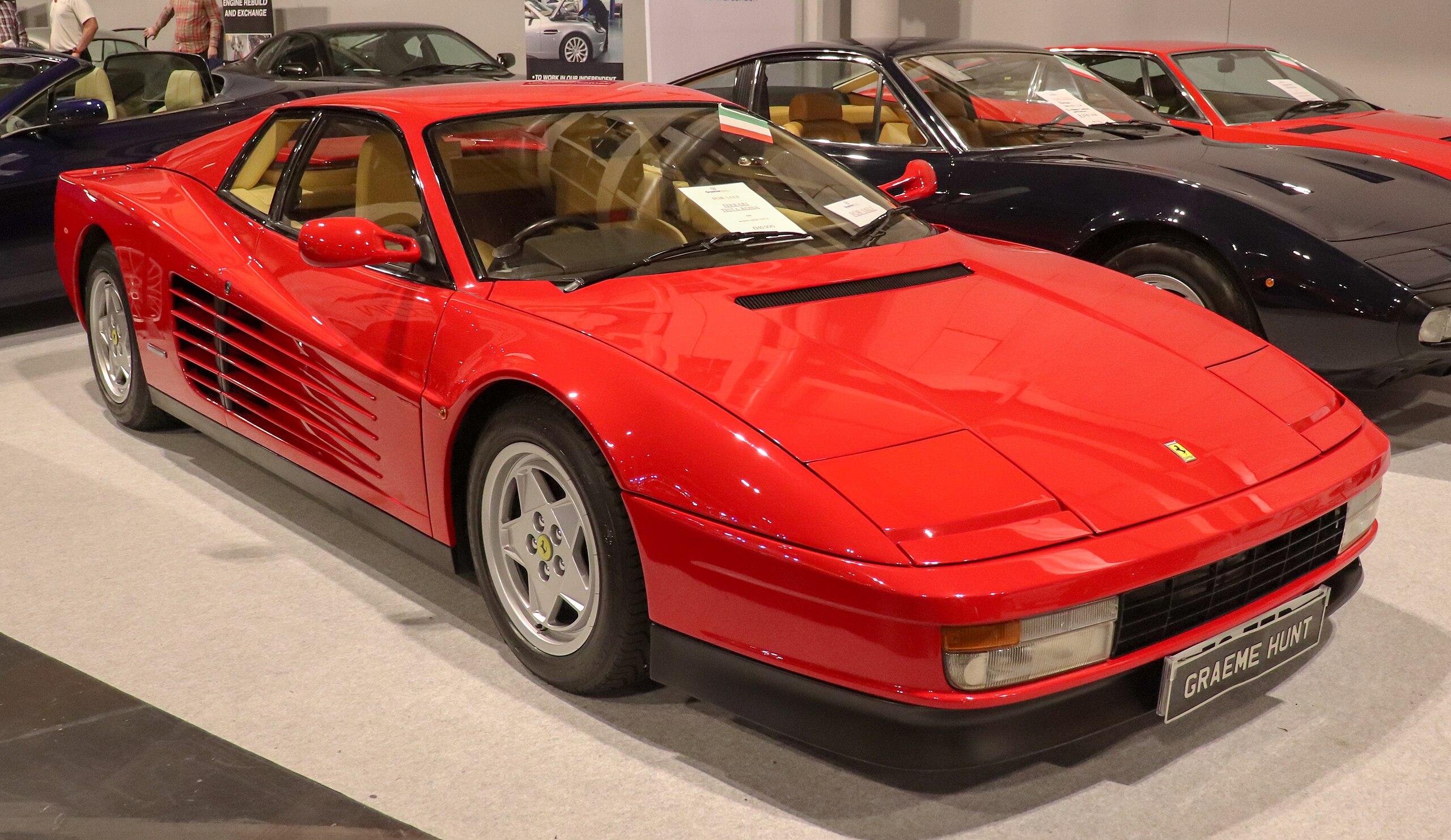
#5. Ferrari F50
The 1995 F50 fused F1 tech for Ferrari’s 50th anniversary. Its 4.7-litre (4,698 cc) Tipo F130 B V12, naturally aspirated, cranked 513 bhp at 8,500 rpm and 471 Nm at 6,500 rpm—born from the 1990 641 F1 car’s V12. Bore/stroke of 85 mm x 69 mm, 11.3:1 compression, hit 0-60 mph in 3.7 seconds and 202 mph. The carbon-fibre monocoque, 1,230 kg dry, bolted the engine as a stressed member, with a six-speed manual. Pushrod suspension—double wishbones, coils—rode 245/35 ZR18 front, 335/30 ZR18 rear Goodyears. Its uniqueness? F1 roots—carbon tub, inboard dampers—and a stowable targa top, blending rigidity with open-air thrills. Just 349 built, raw with no ABS or aids, it’s a driver’s purist dream.
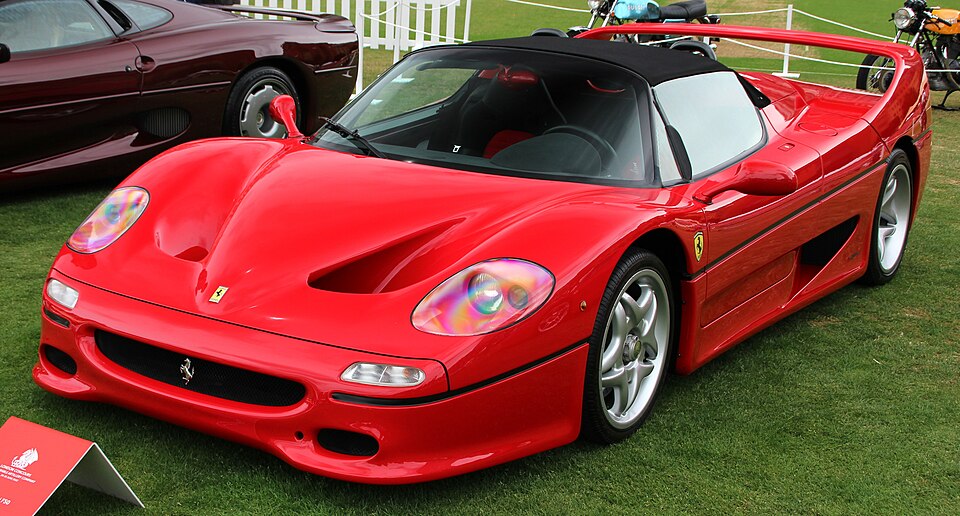
#4. Ferrari Enzo
The 2002 Enzo channelled F1 into a road beast. Its 6.0-litre (5,998 cc) Tipo F140 B V12, naturally aspirated, unleashed 651 bhp at 7,800 rpm and 657 Nm at 5,500 rpm. Bore/stroke of 92 mm x 75.2 mm, 11.2:1 compression, blasted to 0-60 mph in 3.1 seconds and 218 mph—capped electronically. The carbon-fibre chassis, 1,255 kg dry, spanned a 2,650 mm wheelbase, with double-wishbone suspension and active aero—a rear wing adding 775 kg of downforce. Six-speed F1 paddle-shift paired with 245/35 ZR19 front, 345/35 ZR19 rear Michelins. Its hallmark? HY-KERS hints—F1 energy recovery—and a monocoque stiffer than the F50’s, with scissor doors and a Schumacher-era nose. Only 400 made, it’s a tech milestone.
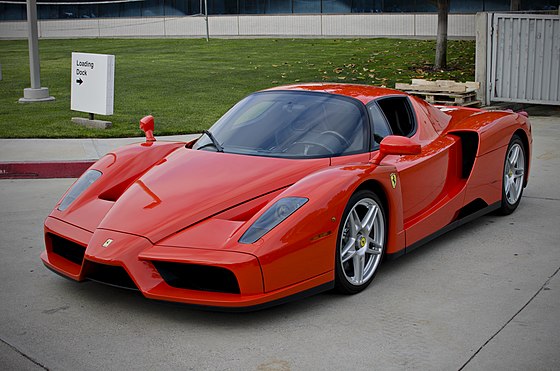
#3. Ferrari LaFerrari
The 2013 LaFerrari pioneered hybrid supercars. Its 6.3-litre (6,262 cc) Tipo F140 FE V12, plus a 120 kW electric motor, totalled 950 bhp at 9,000 rpm and 900+ Nm—V12 alone at 789 bhp. Bore/stroke of 94 mm x 75.2 mm, 13.5:1 compression, ripped to 0-60 mph in 2.4 seconds and 217 mph. The carbon-fibre monocoque, 1,255 kg dry, used a seven-speed dual-clutch and active suspension—double wishbones front, multi-link rear. Tyres: 265/30 ZR19 front, 345/30 ZR20 rear Pirellis. What defines it? The HY-KERS system—F1 kinetic recovery—boosted torque, with active aero flaps adding 360 kg of downforce at 124 mph. Just 499 coupes (plus 209 Apertas) built, it outpaced the Enzo with hybrid efficiency.

#2. Ferrari 250 GTO
The 1962 250 GTO blends race and road genius. Its 3.0-litre (2,953 cc) Tipo 168/62 Colombo V12, front-mounted, made 300 bhp at 7,400 rpm and 294 Nm at 5,500 rpm via six Weber 38 DCN carburettors. Bore/stroke of 73 mm x 58.8 mm, 9.2:1 compression, reached 0-60 mph in 5.4 seconds and 174 mph. The steel tubular chassis, with aluminium panels, weighed 950 kg dry on a 2,400 mm wheelbase. Live rear axle with semi-elliptic springs, front double wishbones, and 185 VR15 Dunlops held it firm. Its brilliance? Homologation for GT racing—winning three titles (1962-1964)—with a wind-tunnel-tested Pininfarina body by Scaglietti. Only 36 built, each hand-crafted, its dry-sump V12 and five-speed manual made it a track king—$70 million in 2018 proves its worth.
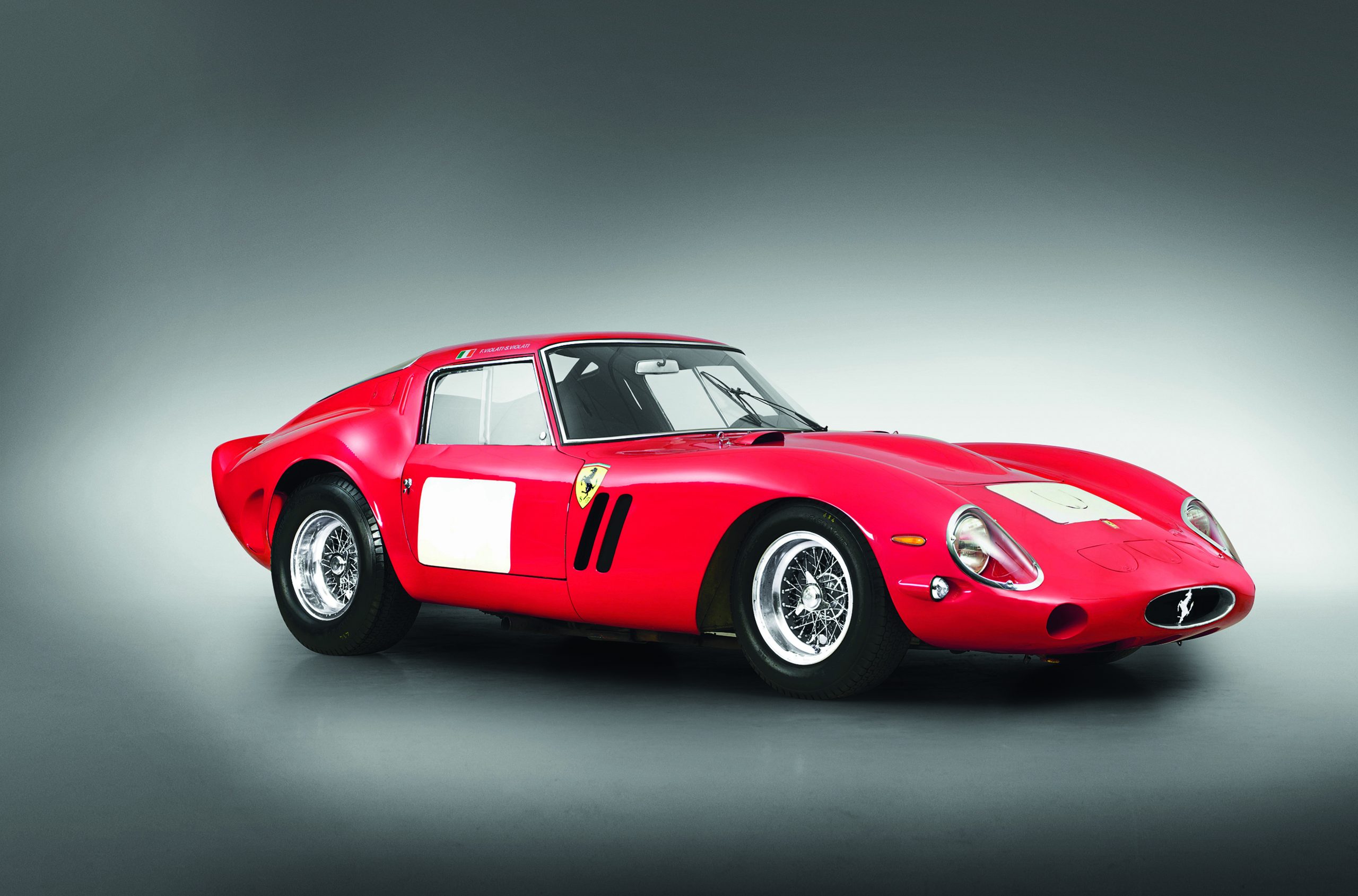
#1. Ferrari F40
The 1987 F40 is Ferrari’s ultimate icon—a raw, turbocharged beast. Its 2.9-litre (2,936 cc) Tipo F120 A V8, longitudinally mounted, featured twin IHI turbos and Behr intercoolers, pumping 478 bhp at 7,000 rpm and 577 Nm at 4,000 rpm. Bore/stroke of 81.9 mm x 69.5 mm, 7.7:1 compression, hit 0-60 mph in 4.2 seconds and 201 mph—Ferrari’s first over 200 mph. The tubular steel chassis with carbon-Kevlar panels weighed 1,100 kg dry, on a 2,450 mm wheelbase. Double-wishbone suspension, no power steering, and 245/40 ZR17 front, 335/35 ZR17 rear Pirellis kept it brutal. What seals its crown? The last car Enzo Ferrari oversaw, it fused 288 GTO tech—twin-turbo V8, 8.0:1 boost—with a minimalist ethos—no ABS, no aids, just a five-speed manual and a Plexiglass-slatted rear. Pininfarina’s 4,794 mm body, with pop-up lights and gaping vents, screamed purpose; 1,315 built by 1992 make it a legend.
